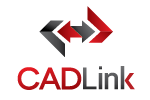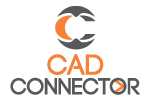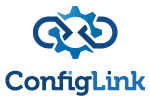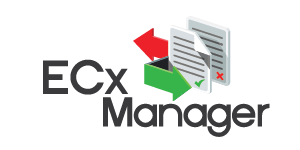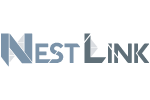CADLink runs from your CAD system and takes data directly from the on screen drawing or model and integrates it with your ERP system.
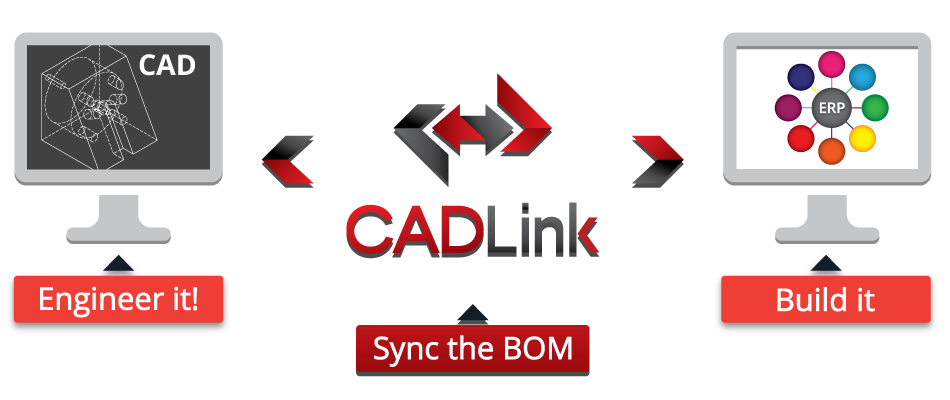
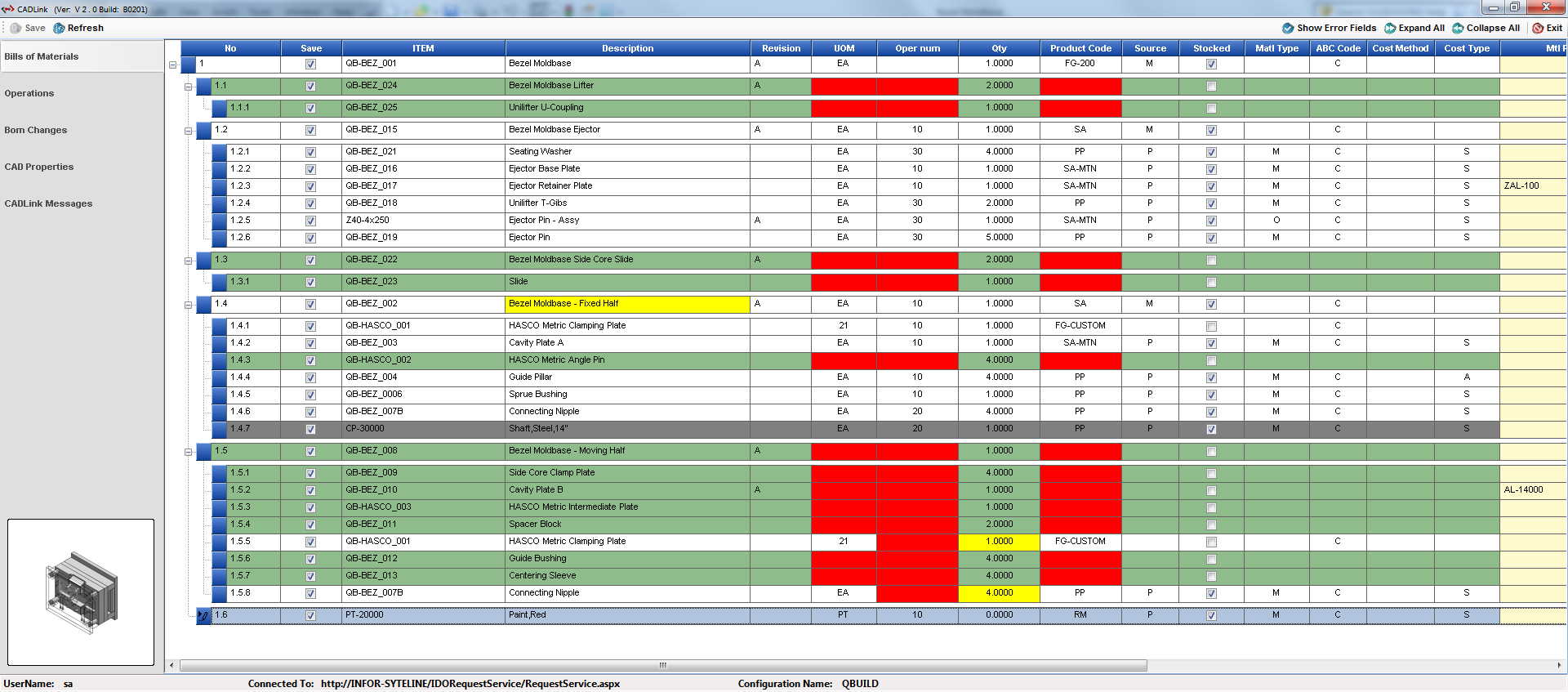
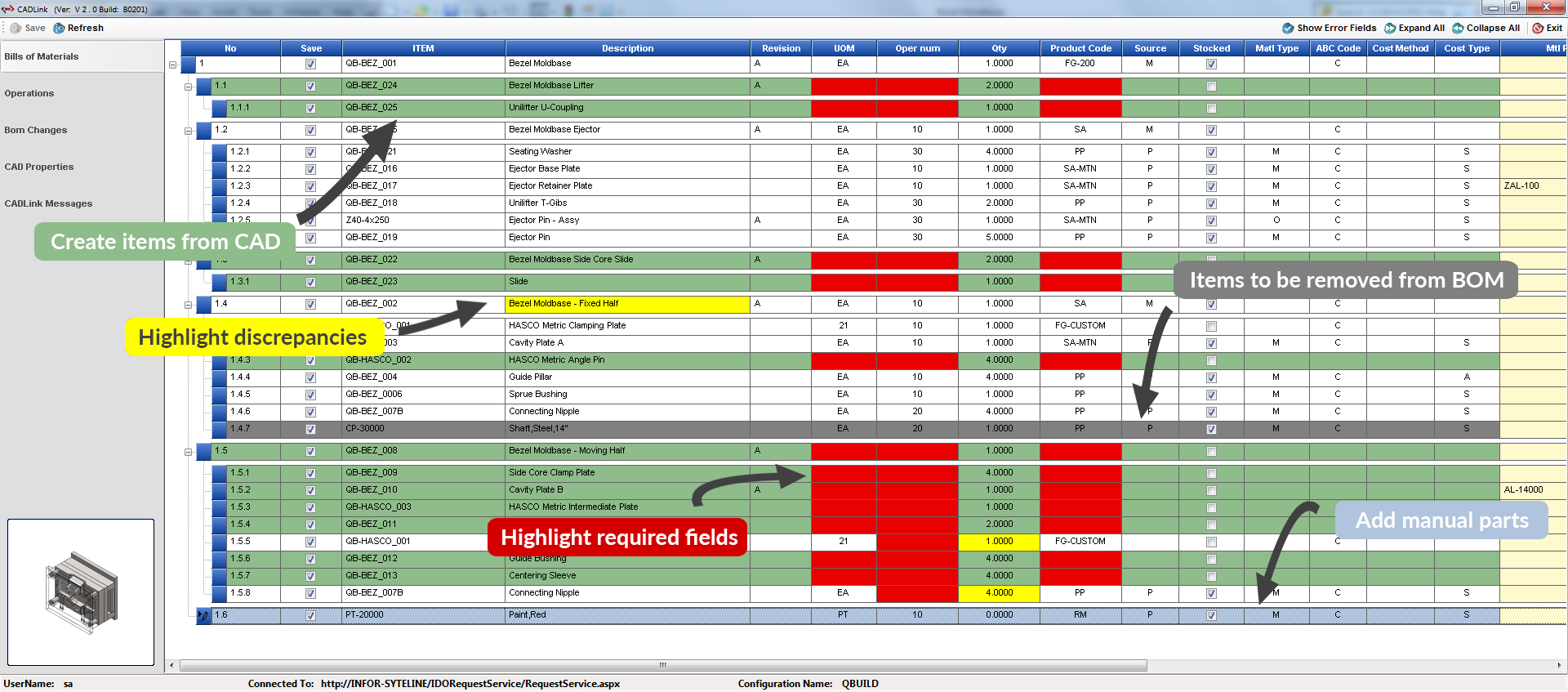
- Real time, two-way link between your CAD software and your ERP system
- BOM and Part info interfaced directly from within
- SOLIDWORKS, CATIA
- AutoCAD, Inventor
- Pro-E, Creo
- Solid Edge, NX
- Mentor Graphics
- Altium Designer, etc…
- Comparison between CAD and ERP data, with full feedback of results
- Comprehensive Routing interface
- Easily Integrated with QBuild’s ECx Manager
- Full Effectivity date functionality
- Can be integrated with any CAD, PLM or ERP system
Eliminate ERP Clerical Work
With CADLink, your engineering team can focus on what they do best: Engineering. Double and triple data entries are eliminated and engineering information is input into your CAD software and your ERP system in one simplified interface. Create new items in the item master simply by having CADLink pull the data from the CAD model, and push it to the ERP.
Free up engineering staff to do more engineering and reduce your engineering costs. The less time they spend inputting data across multiple platforms, the more time they can invest on projects and designs.
Reduce Data Entry Errors
When entering data into two separate databases, there is a large possibility of discrepancies due to typos or mistakes. These are common when Engineers are tasked to fill multiple fields for every assembly, subassembly and part by hand. By unifying the data entry process, CADLink eliminates sources of error in transferring data between your CAD model and ERP system.
This is a potentially huge cost savings as a single mistake in the Bill of Materials can lead to ordering errors that result in scrap, excess inventory or late shipment of parts.
Drawing Accuracy and Consistency
The CADLink Interface ensures that the information on the drawing, descriptions and revision is identical to the information in your ERP. Accurate information in drawings eliminates confusion and reduces errors on the shop floor arising from conflicting information between work orders, sales orders and drawings. This reduces scrap and saves engineering costs in clarification.

























